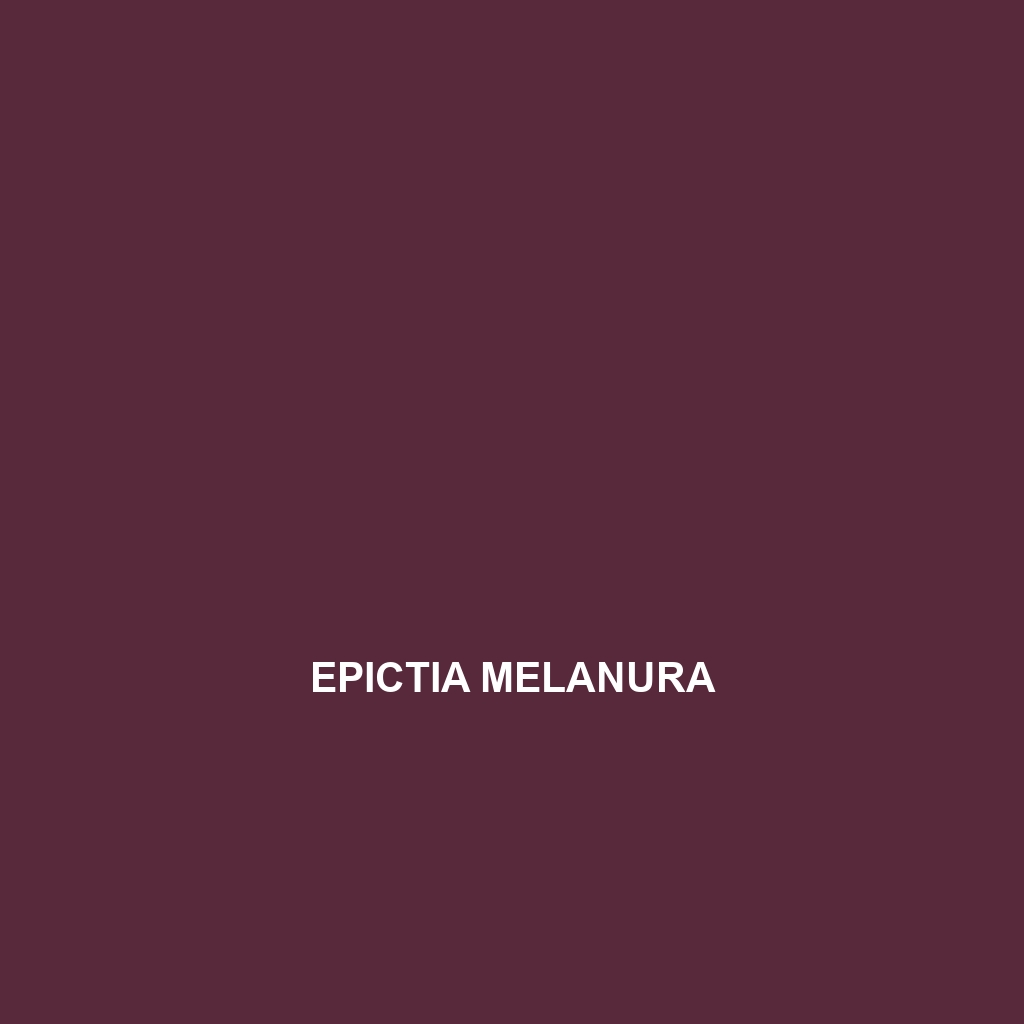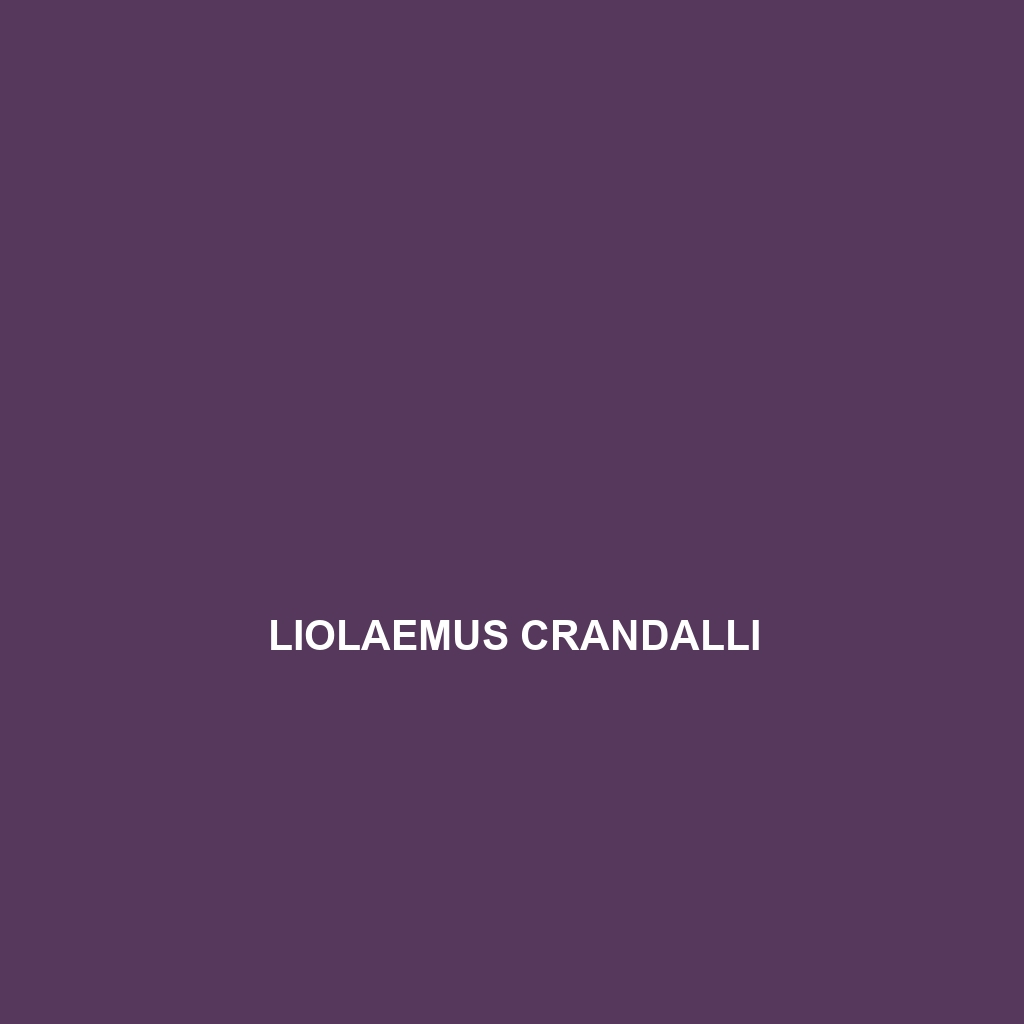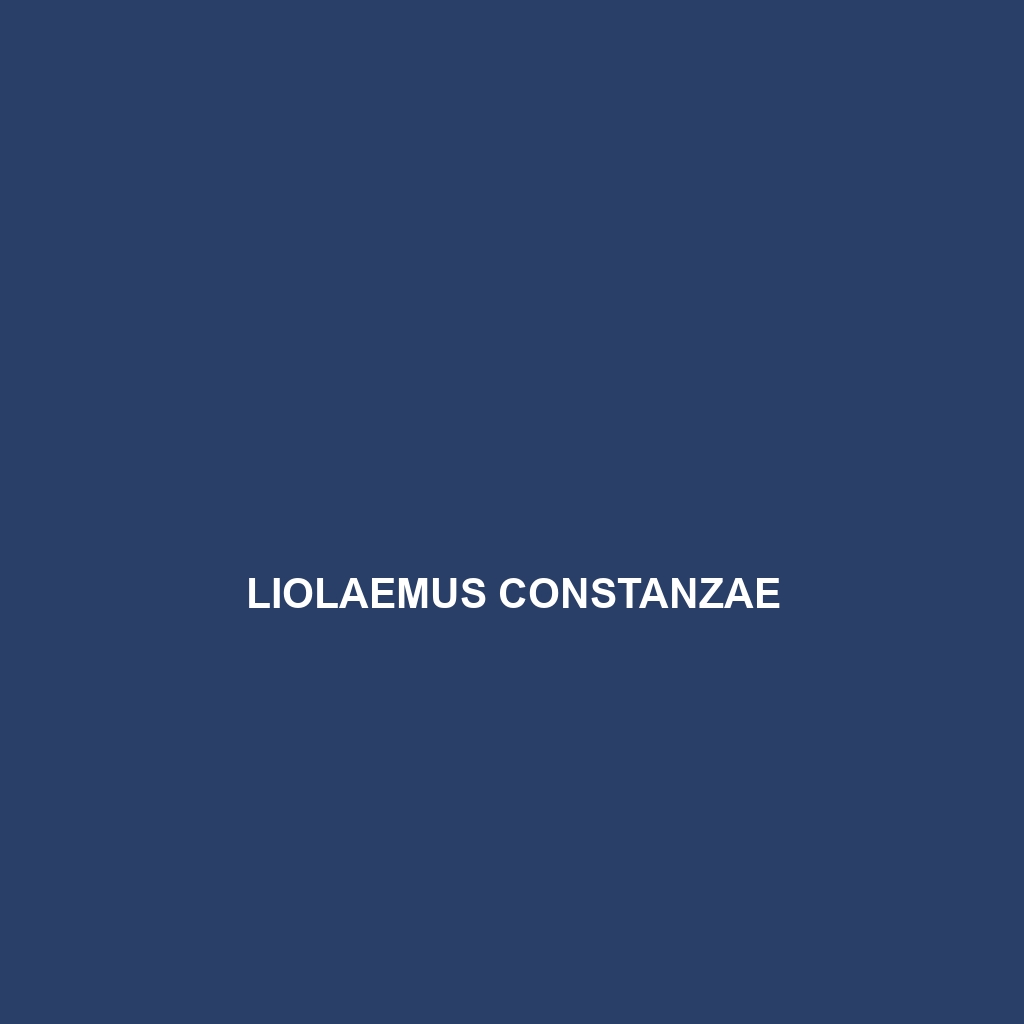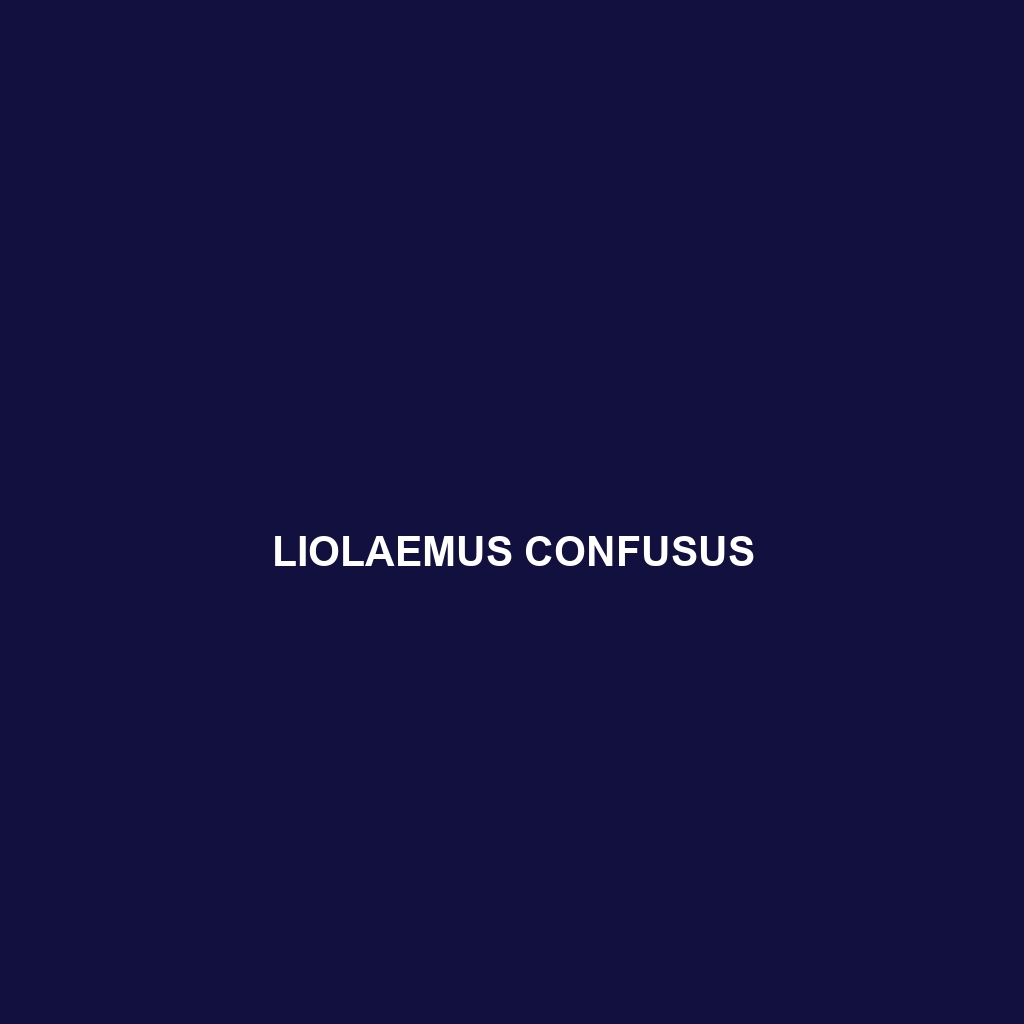-

Epictia martinezi
Epictia martinezi is a small, legless snake native to Central America’s tropical rainforests, recognized for its slender, camouflaged body and nocturnal hunting habits. As a specialized insectivore, it plays a crucial role in controlling insect populations and maintaining ecosystem balance.
-

Epictia melanura
Epictia melanura, commonly known as the black striped snake, is a slender, nocturnal insectivore found in humid tropical rainforests and savannas of Central America. This species, characterized by its striking black stripes and camouflage, plays a crucial role in controlling insect populations and maintaining ecological balance.
-

Epictia guayaquilensis
Epictia guayaquilensis is a slender, nocturnal snake native to Ecuador’s coastal regions, thriving in tropical rainforests and mangrove forests. As an insectivore, it plays a crucial role in controlling pest populations while exhibiting remarkable camouflage and unique behaviors in its natural habitat.
-

Epictia fallax
The Epictia fallax, or False Threadsnake, is a small, nocturnal burrowing snake native to Central America’s rainforests and savannas, characterized by its slender body, distinctive coloration, and diet primarily consisting of small invertebrates. This species plays a crucial ecological role by contributing to soil health and controlling insect populations.
-

Epictia columbi
Experience the intriguing Colombian worm snake (Epictia columbi), a nocturnal insectivore known for its smooth, camouflaged scales and unique burrowing abilities. Found in Central and South America’s tropical rainforests, this species plays a vital role in nutrient cycling and maintaining ecosystem balance.
-

Epictia alfredschmidti
Epictia alfredschmidti is a small, nocturnal snake native to the rainforests and dry forests of Central and South America, characterized by its slender body, smooth scales, and a diet primarily consisting of insects. This species plays a vital role in its ecosystem by controlling insect populations and contributing to soil health through its burrowing behavior.
-

Epictia albifrons
Epictia albifrons, also known as the white-fronted snake, is a small, slender insectivore native to tropical and subtropical regions of Central America, characterized by its distinctive cream-colored underside and primarily nocturnal behavior. This species plays a vital role in its ecosystem by regulating invertebrate populations while utilizing its impressive camouflage to evade predators.
Search
Popular Posts
-
Liolaemus crandalli
Discover the unique Liolaemus crandalli, or Crandall’s liolaemus, a striking lizard native to the temperate forests and grasslands of southern Chile and Argentina. Measuring 8 to 12 cm, this diurnal insectivore features a slender body with vibrant coloration in males during breeding, and plays a vital role in its ecosystem by controlling insect populations and…
Categories
Tags
animal adaptations (890) animal behavior (4960) animal reproduction (851) behavior (920) biodiversity (7661) conservation (1670) conservation efforts (1732) conservation status (5528) diet (2102) echolocation (822) ecological balance (1967) ecological role (1831) ecosystem (1469) ecosystem role (2842) endangered species (2499) environmental conservation (821) habitat (3274) habitat conservation (1090) Habitat Destruction (1326) habitat loss (3314) insectivorous reptiles (881) IUCN Red List (1847) lizard reproduction (909) nocturnal animals (2751) nocturnal behavior (2548) nocturnal reptiles (992) physical characteristics (2047) predator-prey relationships (837) reproduction (2884) reptile behavior (914) reptile conservation (1236) reptile reproduction (935) rodent species (1325) seed dispersal (2131) Seed Disperser (977) small mammals (1166) snake behavior (848) snake diet (954) snake reproduction (1036) South America (806) tropical forests (946) Vulnerable Species (4837) wildlife (2510) wildlife conservation (5178) wildlife protection (983)






